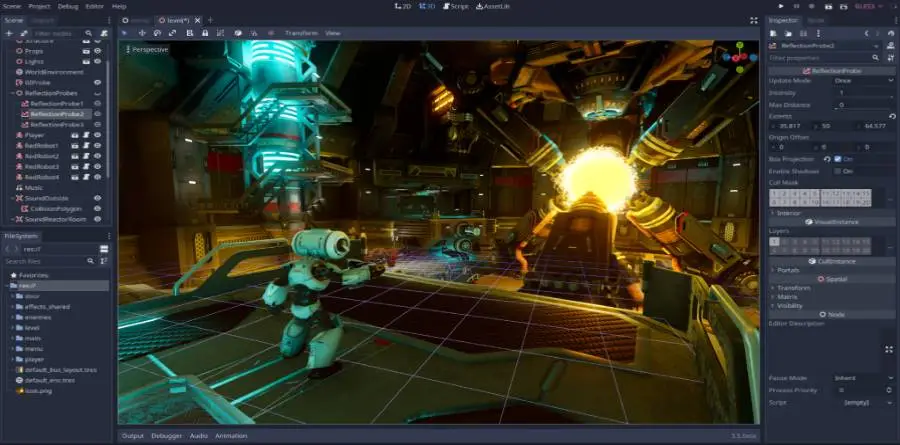Animation Pipeline with Game Engines
A successful animation pipeline using game engines as the base will involve techno-creative professionals from different fields who are equipped with necessary hardware and software resources. They work together in a sequential manner to complete the task within a specified timeline.
It requires a lot of skill in planning, time management and field expertise to complete an engine based animated production which starts with a basic idea and ends with the creation of a visual output. The major steps involved in an animation pipeline – whether it’s for an animated movie or game – include concept, storyboard, design, asset creation, game levels, strategy, layout, animation, lighting, compositing, music and edit. Just like in the production pipeline in a factory, the animation pipeline also has its share of raw materials which include bold ideas, brilliant artistry, good execution and a refined final product.
Concept
The basic concept of the animation pipeline lays the foundation of the end-product. This step involves a lot of brainstorming and pitching specific ideas. The only limiting factor will be the technology in use. At this stage, it is essential that the basic concept deployed is robust enough to succeed on the production pipeline.
Design
This is the stage where all the ideas generated during the brainstorming sessions finally start to take shape. And as far as video or games are concerned, the ‘design’ phase is where the concept artists draw out the dominant assets. They bestow specific features to them, bringing character or sets into life. Software like GIMP, Photoshop and Flash are used to visualize the look and feel with textures.
Pre-Production
With the groundwork being done, the animation pipeline is all set to move forward with the entry of technical and creative artists. The story plots, scripts, audio, technical art, mood boards, animatic and technical documents are all prepared at this stage. While pre-production stage can take anywhere between a week to a year, it typically takes up 20% of the total time needed.
From a game centric portal, aspects like the audience of the game, its target market, time needed for development, estimated budget, the platform for publication, etc. are all addressed during this stage.
Production
This phase can take anything between 1-4 years where the asset creation and storytelling happens. Characters, props and the environment are created, Animation cycles are created with characteristics. Shot by shot, the animatic panels would be brought to life based on the director’s vision. Approved shots get transferred to the game engine for renders. Here we use the game engine as an alternative to the normal LRC process. The final sequential images generated are edited to convey the story in a better way.
For a game, a code is written, and game rules and a point-scoring system are created. As production process progresses, the game engine is constantly being refined and tested since not all ideas can be translated into reality. Production is the longest stage of the animation pipeline and requires a larger studio with multiple sets of specialists.
Post-Production
This is when the movie or game goes for a final color treatment with additional effects, tracks and music. Teasers and promotional material are prepared from the final video which will be exported to telecast formats with platform centric specifications.
The game project nears completion at this stage and the Prototype is ready with all the features added to make the game fully playable (Alpha stage). Game-testers are called in to test the playability of the game and to check for any glitches or bugs. The Beta stage is where the last refinement and optimization take place. The final gold master stage completes the pipeline, and the game is all-ready for the public!
Devanand V
Technical Supervisor
Toonz Media Group

